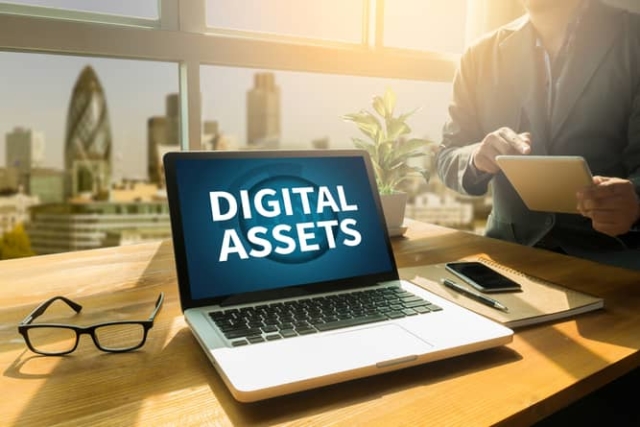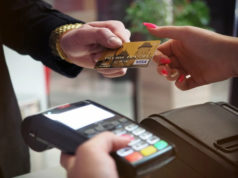The security of digital assets is crucial, whether you are an individual or an organisation. Business entities have a lot of critical data such as project details, customer data and financial files. These are categorized as digital assets, simply because they hold a certain value.
Taking adequate steps to ensure the security of your digital asset, is your responsibility. Fortunately, there are several ways by which you can do the same. Depending on the kind of asset there is a wide range of options that are available at your disposal with different levels of security as well.
- Backup of Data:
Taking a backup of your data, such as files and information and storing it in a separate location is essential. In the event of a disaster, you can use the backup data to mitigate the disaster. Based on what you deem important; you can back that data up. Companies usually store data that is vulnerable to malicious intent, hacks, hardware malfunctions, or unforeseen events.
You can store the backup locally on magnetic tapes or hard disks drives. You can also store them remotely in another physical location or store them in the cloud. Taking a backup once a week and storing the same is always a good idea.
- Data Encryption:
Your data is usually at risk but even more so during transit. If your data is moving through the internet, it is in transit and at its highest risk. Even when your data is not moving, or is at rest, it is still at risk.
To mitigate this risk, you must opt for data encryption. The simplest tool available for data encryption is HTTPS. It is also known as TLS 1.2 protocol. If you want to send a message, the protocol will split the message into smaller chunks and mixes them using an algorithm that is driven by a public key. Once the message reaches its destination, the protocol uses a private key to decode the message.
For data that is at rest, you can employ access policies for the security of the servers or machines. This will ensure that only people with the necessary privileges can access the data.
- Multi-Factor Authentication:
You need passwords for almost everything these days. Whether you want to access your social media, transfer money or even use some software. Passwords have seen several iterations in the past, with their complexities only growing with time. And despite them getting more complex, passwords aren’t completely secure yet.
This is where two-factor authentication or multi-factor authentication comes into the picture. This adds another layer to prove your identity than just simply typing in your passwords. Some common examples of multi-factor authentication include opting for an OPT sent to your phone after entering a password. You can even use your phone’s fingerprint scanner or retina scanner to a similar effect. Some apps use notifications when a user is trying to access the application to approve or reject the request.
Being vigilant about your digital asset and keeping the above in mind are some steps to ensure the security of digital assets.










































